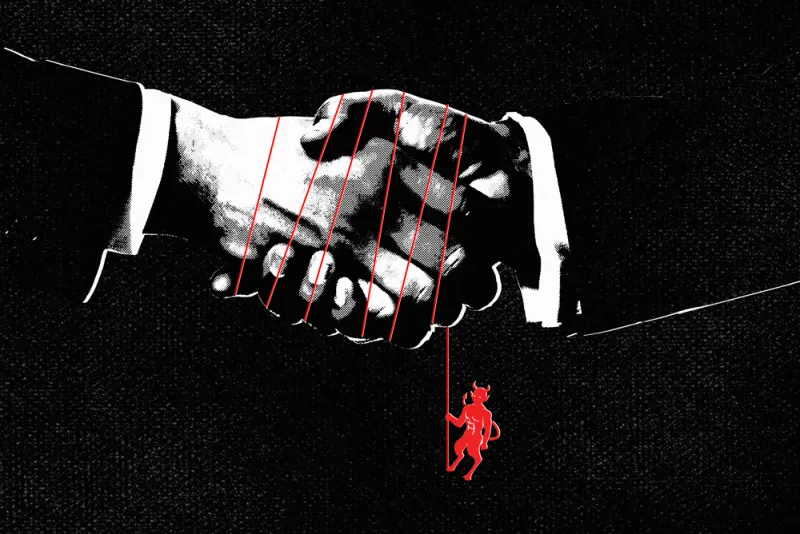Cash-rich private equity managers are seeking leveraged loans to fund mergers and acquisitions this year — at the exact same time that lenders are demanding little in terms of protections and restrictions, according to a new report from S&P Global Ratings.
With private equity firms looking to put part of the record $1.7 trillion of cash they have on hand to work in 2018, S&P Global Ratings is warning that asset prices are approaching — and in some cases, exceeding — thresholds hit in 2007, according to the report, titled "Leveraged Finance — Will The Worst Deals Be Done in the Best Times, Again?"
That's in part because of the high demand for assets, but also because credit has been exceptionally cheap. Now, investors in private equity are at risk that mergers and acquisitions will be done at lofty prices, just as tensions are escalating over global trade and interest rates are rising.
With so much demand, the risk-return profile of loan issuance this year is the weakest since 2008, according to the report, which finds that investors seem eager to buy loans that will offer few protections if the markets collapse. Three-quarters of all loans are so-called covenant-lite loans, meaning loans with no financial covenants, as of February, according to S&P.
And if the credit boom becomes a bust — and S&P "considers the current credit cycle is reaching a high that could turn sharply," according to the report — investors have left themselves with little room for error.
[II Deep Dive: A Hedge Fund Veteran Makes Contrarian Call on Credit]
"Asset valuations, equity cushions, and loan recovery rates remain susceptible to a sustained contraction in risk appetite and capital flows," the report's authors wrote.
Even with the recent volatility in the market, credit spreads — the risk premium — are close to lows for the past decade, according to the report.
In Europe, the situation is even more dire. The price of assets has skyrocketed; according to S&P, in Europe, buyers paid an average multiple of more than 11 times earnings in 2016 and 2017 for properties larger than 1 billion euros ($1.24 billion). That's higher than levels reached before the financial crisis. Leverage is also higher.
Rising interest rates are the biggest risk, the authors found.
"Abundant and cheap capital serves to prolong the survival of troubled entities and undermines the efficient allocation of capital," they wrote. "When the cycle eventually turns, defaults will inevitably spike as the larger number of lower credit quality borrowers, who opportunistically tapped the capital markets, become vulnerable to a less accommodative refinancing environment."
That means investors should be exceptionally careful, the authors concluded.
"History shows us that the worst debt transactions are done at the best of times," they wrote. "So, with the global economy strengthening in a near synchronized manner, now is the perfect time to be cautious."







